Step into a world where rare vintage decor items transform ordinary spaces into extraordinary living areas, blending history, uniqueness, and timeless style. As the demand for authentic vintage home decor continues to rise, enthusiasts and collectors alike seek out distinctive pieces that carry a story from the past. From elegant antiques to quirky finds, rare vintage decor items offer a one-of-a-kind way to infuse your home with character and charm. Whether you’re aiming to create a cozy retreat or a sophisticated abode, these high-value vintage decor options are more than just furniture—they’re investments in authenticity and a testament to the beauty of yesteryear. Discover how rare vintage decor items can elevate your space while connecting you to a legacy of craftsmanship and design.
Key Takeaways
- Vintage Decor Defined: Discover rare, unique items from 20-99 years ago, featuring natural materials and distinctive designs.
- Categories of Vintage: Explore mid-century modern, retro, and art deco styles for a timeless look.
- Incorporate Vintage: Mix textures and styles to create a unique, story-rich home environment.
- Find Vintage Treasures: Shop online platforms or visit local flea markets for curated finds.
- Vintage Collectibles: Seek out jewelry, clothing, household items, tech gadgets, and media from past eras.
- Vintage Color Palettes: Choose earthy tones, muted neutrals, bright hues, gold accents, and taupe for sophisticated spaces.
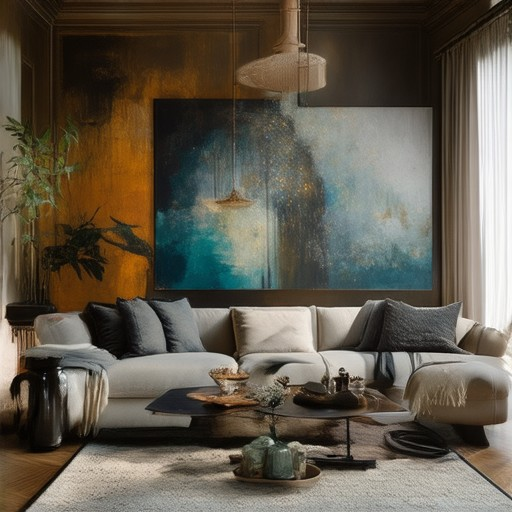
What Vintage Stuff Sells Best?
Vintage items have a timeless appeal, and certain pieces consistently perform well in the market. Here’s a breakdown of what vintage goods are most sought after:
- Vintage Clothing : Fashion from the 70s, 80s, and early 2000s remains popular due to its unique styles. Denim, leather jackets, and oversized sweaters are highly desirable.
- Vintage Accessories : Watches, bracelets, and necklaces from the mid-20th century are prized for their craftsmanship and design. Jewelry from the Art Deco era is particularly sought after.
- Vintage Home Decor : Items like vintage lamps, mid-century modern furniture, and shabby chic decor are highly popular among interior designers and homeowners.
- Vintage Collectibles : Vinyl records, comic books, trading cards, and vintage toys are hot commodities among collectors. Star Wars memorabilia and Beatles records command high prices.
- Vintage Tech Gadgets : Old-school electronics, like analog calculators, Walkmans, and vintage Apple computers, are loved by tech enthusiasts and collectors.
- Vintage Tools : Vintage tools, especially those from brands like Craftsman, are highly valued by DIY enthusiasts and tool collectors.
- Vintage Footwear : Chunky sneakers, loafers, and vintage boots from the 70s and 80s are popular among fashion-forward individuals.
- Vintage Books : First editions, rare manuscripts, and vintage paperbacks from authors like Ernest Hemingway and F. Scott Fitzgerald are highly sought after.
- Vintage Kitchenware : Mid-20th century kitchen tools, like vintage blenders, toasters, and cast iron skillets, are popular among food enthusiasts.
These items consistently perform well in the market due to their unique combination of history, craftsmanship, and aesthetic appeal. Whether you’re starting a collection or looking for investment opportunities, vintage goods continue to be a rewarding area to explore.
What Vintage Is in Demand?
Vintage fashion and goods continue to rise in popularity, driven by a mix of nostalgia, sentimentality, and practicality. Collectors and enthusiasts alike are seeking unique pieces that tell a story, making certain types of vintage items highly sought after.
Nostalgia and Sentimental Value
Vintage items often carry emotional weight, connecting owners to a particular era or personal memory. This sentimental value makes many pieces highly desirable, especially those associated with iconic moments in history or cultural movements.
- Band T-Shirts: Concert posters and memorabilia from legendary bands remain a hot commodity, often fetching thousands at auctions.
- Designer Dresses: High-end gowns and outfits from famous designers of the 80s and 90s are prized possessions for fashion enthusiasts.
- Denim Jackets: Distinctive styles from the 50s and 60s are timeless and highly sought after for their unique appeal.
Investment Potential
Vintage items can appreciate significantly over time, making them not just collectibles but also smart investments. Rare finds, particularly those tied to historical events or celebrity ownership, command premium prices.
- Rare Clothing: Unique pieces from lesser-known designers or limited-edition runs are highly valued by collectors.
- Cultural Memorabilia: Items tied to significant events or figures, like Beatles records or Marilyn Monroe costumes, are in high demand.
- Accessories: Vintage jewelry, watches, and handbags from renowned brands often see substantial increases in value.
Limited Supply
The supply of genuine vintage items is finite, as many have been lost or destroyed over the years. This scarcity drives demand and pushes prices upward, especially for items in pristine condition.
- Rarity: One-of-a-kind pieces are highly sought after, with enthusiasts willing to pay top dollar to own them.
- Condition: Well-preserved items are far more valuable than those showing wear and tear.
- Original Ownership: Items with documented histories or those once owned by notable figures are even more desirable.
Sustainability
Many consumers are turning to vintage goods as a way to reduce waste and support eco-friendly practices. Reclaiming and repurposing older items aligns with global efforts to promote sustainability.
- Upcycling: Vintage fabrics and materials offer endless possibilities for creative projects, appealing to DIY enthusiasts.
- Unique Styles: Retro and antique pieces often inspire distinctive looks that are hard to replicate with modern clothing.
- Ethical Consumption: Buying vintage reduces the demand for fast fashion, contributing to a more responsible consumer mindset.
Whether you’re a seasoned collector or new to the world of vintage, there’s something undeniably appealing about these timeless pieces. Explore our curated selection of vintage goods and discover the charm of yesterday, today.
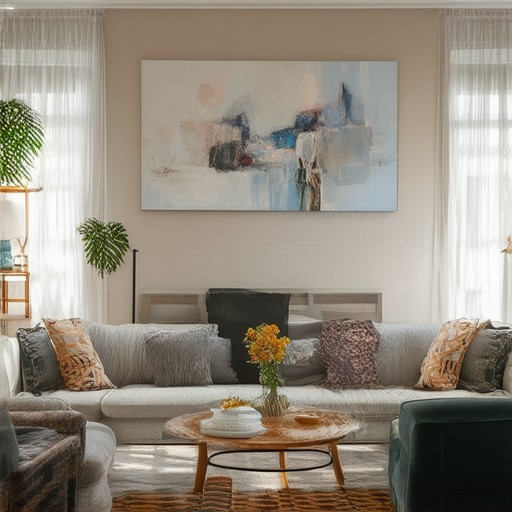
How to Find Rare Antiques
Finding rare antiques involves a mix of research, networking, and exploring various avenues. Here’s a step-by-step guide to help you track down unique and valuable antiques:
- Online Marketplaces : Start by browsing platforms like eBay , Etsy , and specialized vintage marketplaces. Websites like Retro Sales cater specifically to vintage enthusiasts.
- Local Antique Fairs and Auctions : Attend local events or auctions where rare items often surface. These gatherings are excellent for discovering hidden gems and rare finds.
- Estate Sales and Auction Houses : Keep an eye out for estate sales or auctions, as these often feature unique items from private collections.
- Thrift Stores and Flea Markets : Visit local thrift stores and flea markets, as these places sometimes have hidden treasures waiting to be discovered.
- Private Collections : Network with collectors or dealers who may have access to rare items. Building relationships in the community can lead to opportunities you wouldn’t otherwise find.
- Social Media : Join vintage and antiques-related groups on platforms like Facebook or Instagram . Many communities share photos and leads of rare items.
- Consult Experts : Work with auction house specialists or appraisal services to identify rare items and verify their authenticity.
When searching, always conduct thorough research on the item’s history, origin, and value. This can often reveal whether it’s truly rare or if it’s part of a larger collection. Additionally, consider reaching out to Retro Sales for specialized knowledge and resources in vintage finds.
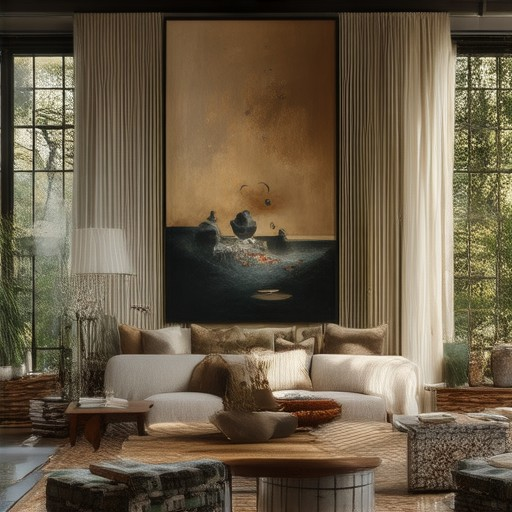
What is Considered Vintage in Home Decor?
Vintage in home decor refers to items that are at least 20 years old but less than 100 years old . These pieces showcase the charm and craftsmanship of earlier eras, often featuring unique designs, natural materials, and a sense of history. Here’s a breakdown of what defines vintage decor:
1. Age Range
- 20–99 years old : Vintage decor typically falls within this age bracket, encompassing items from the early 20th century up to the early 21st century.
2. Materials
- Natural materials : Vintage items often use materials like wood, metal, glass, ceramic, and leather, which develop a distinct patina over time. These materials contribute to the timeless appeal of vintage pieces.
3. Design
- Unique and intricate designs : Vintage decor frequently features handcrafted details, asymmetrical shapes, and simpler, more functional forms that reflect the design trends of their time.
4. Condition
- Wear and tear : Vintage items may exhibit signs of age, such as scratches, dents, or discoloration. Collectors prize pieces that tell a story of their journey over the years.
5. Categories of Vintage Decor
- Mid-century modern : Characterized by clean lines and functional design, popularized in the mid-20th century.
- Retro : Includes items inspired by past decades, such as 70s-style furniture or 50s diner aesthetics.
- Art deco : Known for its geometric shapes and rich textures from the 1920s and 1930s.
6. Incorporating Vintage Pieces
- Mixing textures and styles : Vintage decor can seamlessly blend with modern interiors by pairing textured surfaces, like weathered wood or polished metal, with sleek, minimalist designs.
- Storytelling through objects : Each vintage piece carries its own history, making home decor more meaningful and unique.
7. Where to Find Vintage Decor
- Online marketplaces : Platforms like Retro Sales offer curated collections of vintage items and provide insights into retro culture and nostalgia.
- Local flea markets and antique stores : These places often have hidden gems that tell a story.
By embracing vintage decor, you bring a touch of history and individuality into your home, creating a space that feels authentically unique.
Explore Retro Sales to discover vintage treasures and learn more about retro culture.
What is Considered Vintage Collectible?
Vintage collectibles encompass a wide range of items that hold significant value due to their historical, cultural, or aesthetic significance. These items are often characterized by their unique design, craftsmanship, and association with a particular era or movement.
Key Characteristics of Vintage Collectibles
- Age: Typically, vintage items are less than 100 years old, though definitions can vary slightly depending on the source.
- Aesthetic Appeal: Many vintage pieces exhibit distinctive designs that reflect their time period, often making them highly sought after by collectors.
- Functionality: While some vintage items may still be functional, others are cherished for their historical value rather than their utility.
- Rarity: Vintage collectibles are often rare, making them valuable additions to any collection.
- Historical Context: Items that document or relate to significant events, movements, or cultural shifts are particularly desirable.
Popular Categories of Vintage Collectibles
- Jewelry: Rings, necklaces, bracelets, and earrings from various decades are highly collectible due to their intricate designs and craftsmanship.
- Clothing and Textiles: Vintage apparel, particularly from iconic designers, is prized for its unique style and historical significance.
- Household Items: Antiques and decor from earlier centuries, such as furniture and home goods, are popular among collectors.
- Technology: Old gadgets, calculators, and radios from the mid-20th century are sought after by tech enthusiasts.
- Media and Entertainment: Vinyl records, VHS tapes, and vintage movie posters are favorite collectibles for many.
Why People Love Vintage Collectibles
Vintage items often tell a story, connecting owners to the past. Their unique character and connection to history make them more than just possessions—they become treasured heirlooms.
Whether you’re a seasoned collector or exploring the world of vintage goods, understanding what makes something vintage can help you identify truly special pieces. At [Your Brand], we specialize in bringing together a curated selection of these timeless items, allowing you to discover the charm of yesterday while investing in tomorrow’s memories.
Explore Our Vintage Collection
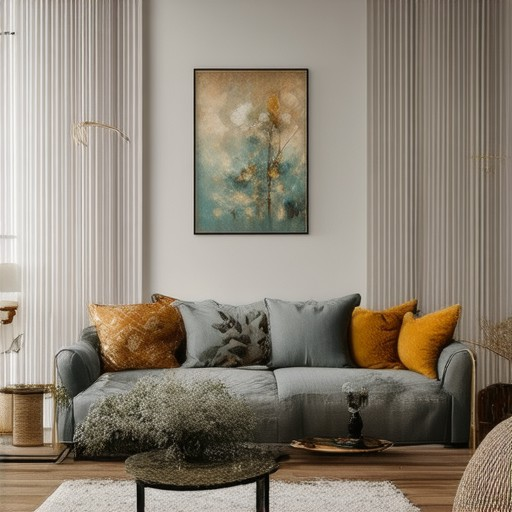
What Colors Are Considered Vintage?
Vintage colors are often associated with the aesthetics of earlier centuries, reflecting a timeless elegance and sophistication. These colors evoke a sense of nostalgia and are frequently linked to mid-century modern design, art deco, and classic styles.
- Earthy Tones: Colors like brown, green, and muted grayish-green shades are often considered vintage. These hues reflect the natural palette of the earth and have historical roots in traditional craftsmanship.
- Muted Neutrals: Soft, muted versions of white, beige, and cream are also classic choices. These colors provide a versatile backdrop that complements various design styles while maintaining a serene atmosphere.
- Bright, Rich Hues: Deep reds, jewel tones, and rich navies are often featured in vintage interiors. These colors convey warmth and sophistication, making them ideal for creating a cozy yet elegant space.
- Gold and Bronze: These metallic tones are frequently used in vintage design to add a touch of opulence and richness. They can be incorporated through accents or larger features like lighting fixtures or decorative objects.
- Taupe and Cream: These colors offer a subtle, sophisticated look that blends well with vintage-inspired decors. Taupe adds a sense of warmth, while cream provides a clean, crisp contrast.
Vintage color palettes often combine several of these elements to create harmonious spaces that feel timeless and inviting. Whether through furniture, textiles, or wall treatments, these colors continue to resonate with design enthusiasts looking to recreate the charm of yesteryear in modern homes.
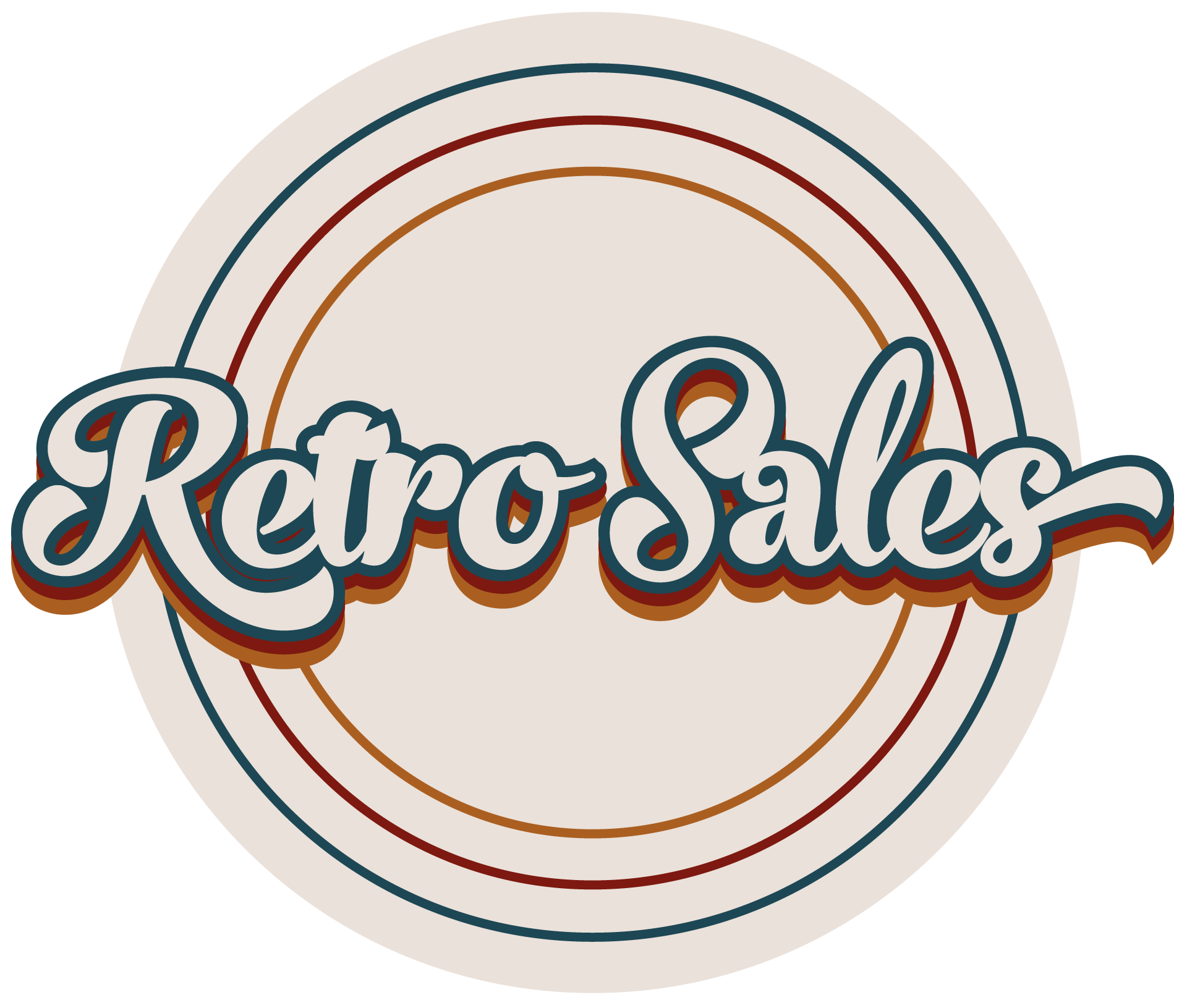
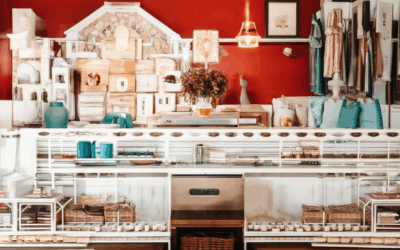
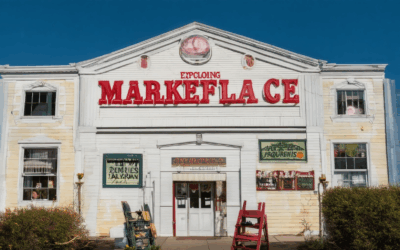
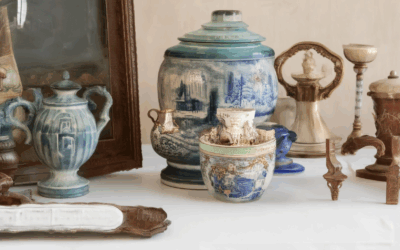
0 Comments